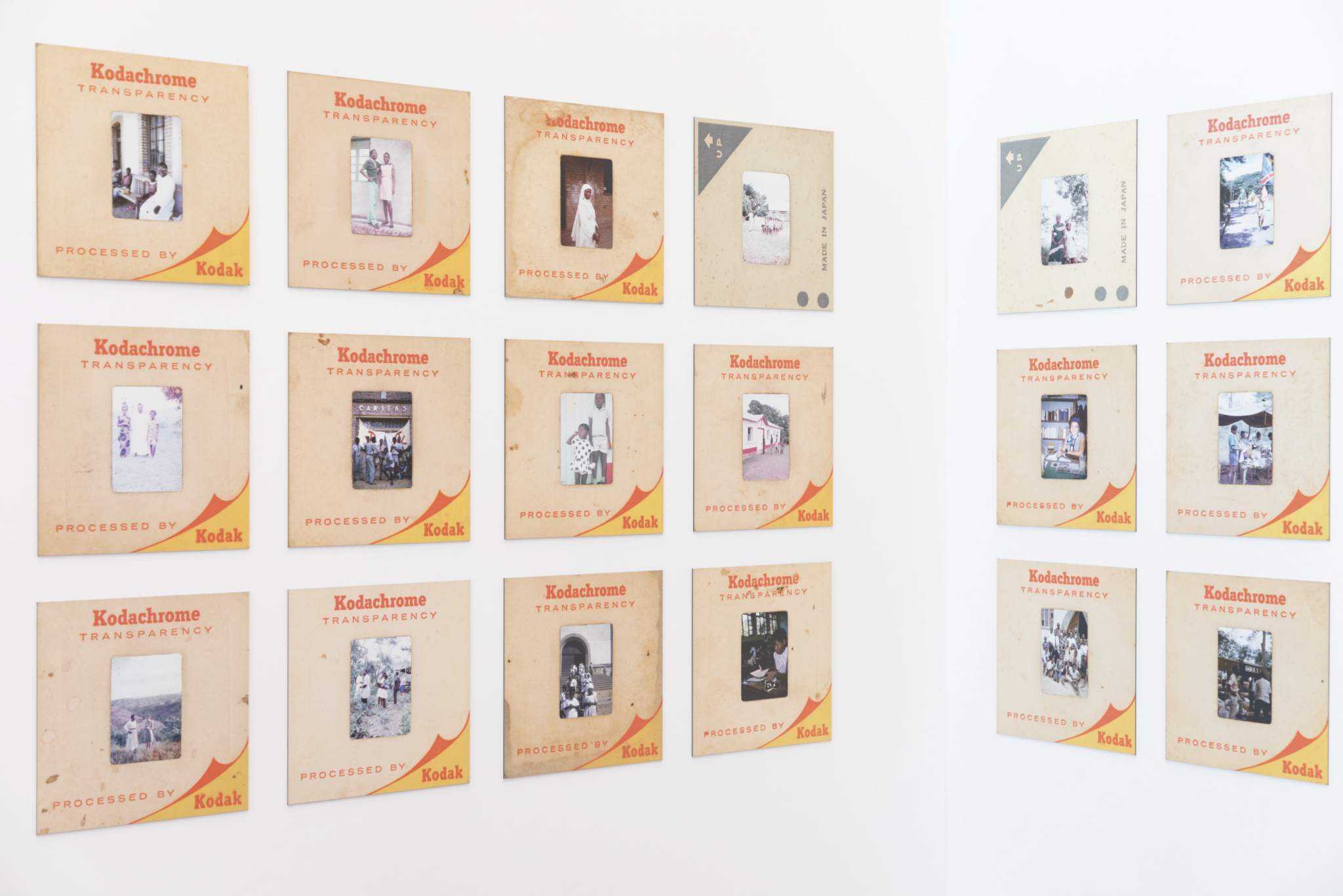A new show at Museo delle Civiltà, Rome, turns into something more like a whodunit, while slipping constantly between fiction and biography
The Congolese artist Georges Senga has long been interested in themes of identity and memory. Perhaps this is why, when he was given access to an archive of photographic slides summarising the life of Bonaventure Salumu, he temporarily halted his own photographic activity to follow the path of the also-Congolese ‘pagan hunter’, born during the mid-1930s, who became a Catholic priest in his teens and travelled through mainland Europe and Tunisia as a missionary. Senga researched in the Pères Blancs (White Fathers) Missionaries of Africa and Jesuit archives in Rome to devise this exhibition. It cuts across nationality and individual and collective histories by conceiving a presentation that initially appears determined to recover and make visible the geography and chronology of Salumu’s life – like the title of a late-1960s missionary bulletin from which the exhibition takes its name (‘How a little pagan hunter becomes a Catholic priest’ in English) – but turns into something more like a whodunit.

The artist, operating as unreliable narrator, has arranged around 120 images to follow the chronology of places Salumu visited and portrayed over the years, together with documents presented in display cases that help the visitor reconstruct his life’s trajectory. The apparent linearity of the itinerary, though, is complicated by the realisation that some of the images presented as places visited and photographed by Salumu were taken, vicariously and retrospectively, with Senga’s own camera. Further widening the gap between fiction and biography are texts commissioned from three young writers from Lubumbashi, collected in the exhibition catalogue, that produce a speculative account – pseudo-diaristic, first-person – of different moments in Salumu’s life based on the photographs on display in the exhibition.
But there is another level: the exhibition is housed in what was formerly the Luigi Pigorini National Museum of Prehistory and Ethnography (today part of the promising Museo delle Civiltà), where holdings from collections once used to support the Fascist regime’s racial agenda – by presenting ‘fetishes’ from the colonies and asserting Italians as an Aryan race – had ended up. Senga’s exhibition, reminiscent of appropriation art and institutional critique, seems to echo these materials presented nearby, and the storytelling power of a display: it highlights the friable nature of indexicality, authorship and the value of objects in a museum, while also asserting that in the absence of definitive, nonsubjective truth there’s at least the possibility of producing engaging fictions.
Comment un petit chasseur païen devient Prêtre Catholique at Museo delle Civiltà, Rome, through 5 March
